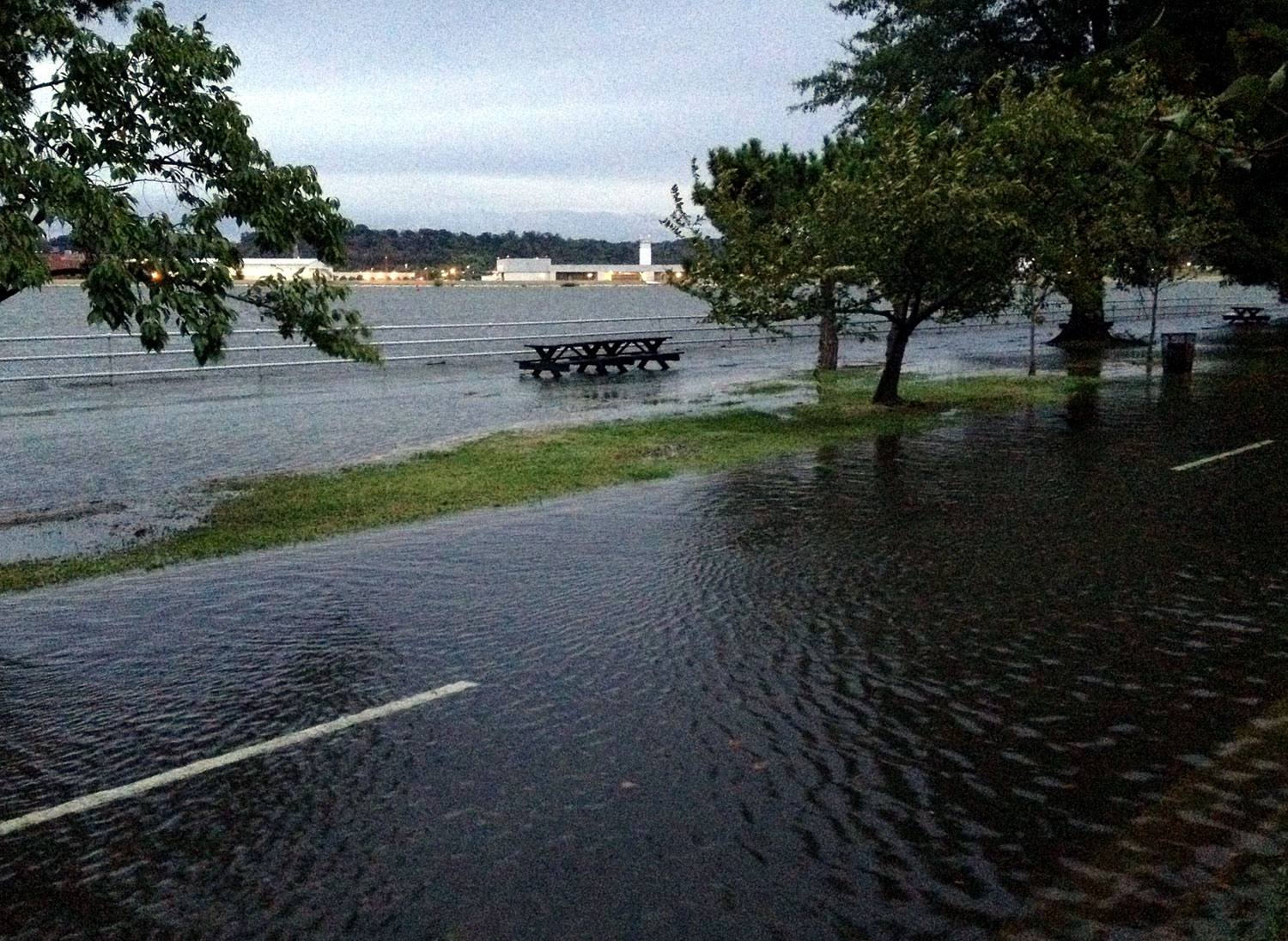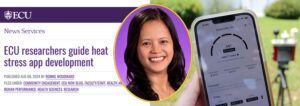The National Oceanic and Atmospheric Administration (NOAA) has recently published a report titled ‘2019 State of U.S. High Tide Flooding with a 2020 Outlook’ (referred to as ‘the report’ here after) that reports the changes occurring in the high-tide flooding patterns along the Atlantic and Gulf coasts between May 2019 and April 2020 [1,2]. The report states that high-tide flooding, also known as “sunny day” flooding, is becoming more common due to years of relative sea-level rise [1]. It is considered a high tide when the tide reaches between 1.75 to 2 feet above the daily high tide average and begins to spill into the streets or bubble up from storm drains [1]. The report states that the major flooding events that only occurred during storm events are becoming more regular and are not solely caused by storms. These flood events have been shown to occur during full-moon tide or changes in the currents or prevailing winds [1]. Elevated water levels can impact coastal economies, tourism and the crucial infrastructure of waste and stormwater management systems [1]. Flooding can cause other environmental health risks, including contamination of drinking water and/or well water and mold or endotoxin concerns in flooded homes or buildings [3,4]. A total of 19 locations along the Atlantic and Gulf coasts set or tied records for high tide flooding [1,2]. As the frequency of high tide flooding events increases, the National Weather Service is issuing record numbers of watches/warnings for coastal flooding [2]. This will become the new normal unless coastal flood mitigation strategies are implemented or enhanced [2].
References:
- Fedschun, T. 2020. ‘Extraordinary’ increase of coastal flooding in US due to sea level rise, report says. Fox News. Retrieved from: https://www.foxnews.com/us/coastal-flooding-us-sea-level-rise-high-tide-flood-weather-climate-noaa
- Sweet, W., G. Dusek, G. Carbin, J. Marra, D. Marcy, and S. Simon. 2020. 2019 State of U.S. High Tide Flooding with a 2020 Outlook. NOAA Technical Report NOS CO-OPS 092. Retrieved from: https://tidesandcurrents.noaa.gov/publications/Techrpt_092_2019_State_of_US_High_Tide_Flooding_with_a_2020_Outlook_30June2020.pdf
- Solomon, G. M., M. Hjelmroos-Koski, M. Rotkin-Ellman, and S. K. Hammond. 2006. Airborne mold and endotoxin concentrations in New Orleans, Louisiana, after flooding, October through November 2005. Environmental Health Perspectives 114(9), 1381-1386.
- Dura, G., T. Pandics, M. Kadar, K. Krisztalovics, Z. Kiss, J. Bodnar, A. Asztalos, and E. Papp. 2010. Environmental health aspects of drinking water-borne outbreak due to karst flooding: case study. Journal of Water and Health 8(3), 513-520.
Photo Source: NOAA National Ocean Service
*This article is contributed by Heidi Knecht (DrPH EOH Student).



